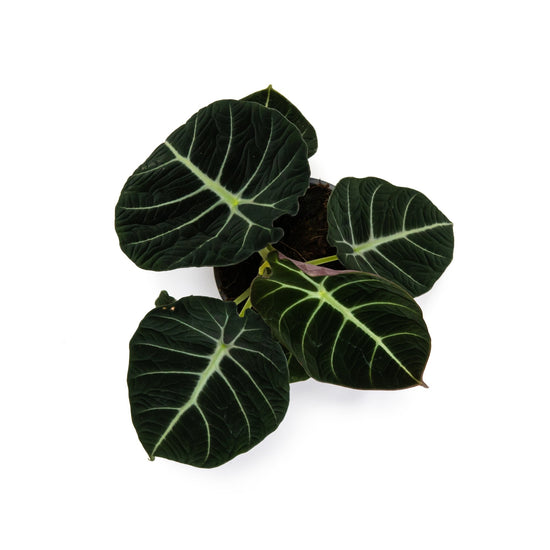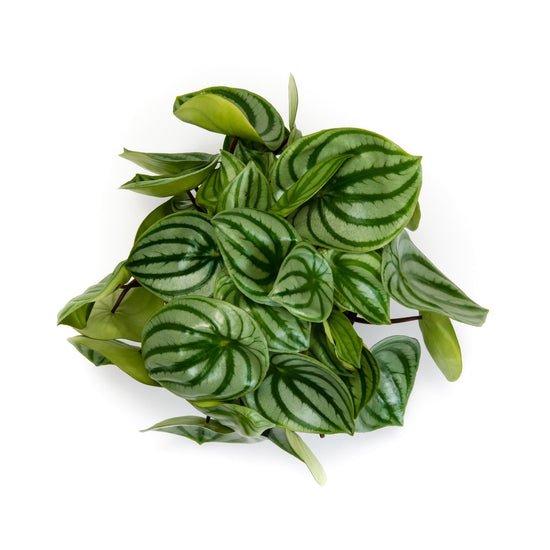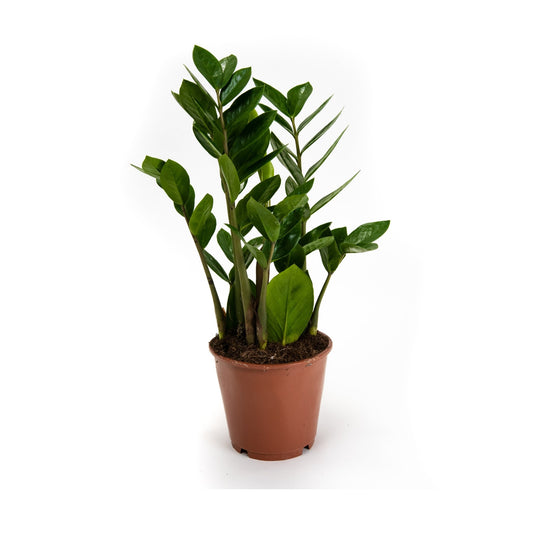Content
- In short
- Scientific classification
- Pancake plant water give
- Light and environment for the Pannenkoekenplant
- Pancake plant feed give
- Pancake plant repot
- Pancake plant maintenance
- Pancake plant air purification
- Pancake plant cuttings
- Flowers of the Pancake Plant
- Pancake plant diseases
- Pancake plant poisonous
In short
- Water: average thirst
- Light: much indirect light
- Pitch: anywhere in the house
- Nutrition: Once a month
- Air purifying: yes
- Toxic for animals: no
Scientific classification
- Scientific name: Pilea Peperomioides
- Genus: Pilea
- Family: Urticaceae

Fun fact: The Pancake Plant is believed to bring good luck!
The Pilea Peperomioides, also known as the Pancake Plant or Pancake Plant, is a super easy houseplant to have at home. He tolerates forgetful heads and will not quickly make his branch! If you still want to take optimal care of the houseplant, it is best to place it in a place with a lot of indirect sunlight. The Pilea also prefers to be watered a little more often so that it never dries out completely. The best thing about the Pancake Plant is the way you can propagate it. In addition, the Pancake Plant is also air-purifying!
The Pancake plant used to be not as easy to obtain as it is now. Then she was grown only in Scandinavia. The plant is now extremely popular and, partly due to the ease with which it can be propagated, is available everywhere. The plant originally comes from China and was therefore given the English nickname: 'Chinese Money Plant'. The second part of that name refers to the shape of the leaves. We compare it with pancakes and the English with money!
Watering the pancake plant
How much water does a pancake plant need? Not too much and not too little. We recommend watering the Pilea when the top 2 to 3 centimeters of the soil are dry. You can test this by sticking your finger into the ground up to the second knuckle (or use a water meter). Is your finger wet? Then wait a while before watering. You do not need to spray a pancake plant with water.
Light and environment for the Pannenkoekenplant
What is the best place for a Pancake plant? The Pilea Peperomioides likes a lot of indirect light without too much direct sunlight, which gives the leaves brown edges. Close to an window on the East or the West is therefore perfect. Keep an eye on your plant during the first few days: are the leaves turning yellow or are there few new leaves? Then you better test another place. The humidity does not really matter to this houseplant, so you can place it in any room. After all, the Pilea prefers no temperatures below 14°C.

Feed pancake plant
How often should you feed the pancake plant? The Pilea prefers to receive once a month food However, we recommend organic and natural food in granular form . Granules release nutrients slowly and for a very long time, in contrast to liquid nutrients, and therefore need to be added to your plant only 1 or 2 times a year.
However, only feed when you see that the plant is growing and is therefore getting new leaves. Some plants stop growing and go dormant during the fall and/or winter and then do not need any food.
Repot pancake plant
How often should you repot the Pancake Plant? It is best to repot the Pilea Peperomioides once every 2 years during the spring. This is a general rule, how often you have to repot depends on how fast your plant grows and that depends on several factors. When is a plant likely to need repotting?
- Your plant is much more thirsty than normal, the soil dries out faster
- The roots grow through the drainage holes
- The plant has stopped growing in summer and spring even when sufficient nutrition is provided
If you notice the above signs: lift your plant out of its pot and look at the roots. Are they all together in a big ball? Is there still room for the earth? Best to repot then!
Which pot is best for a pancake plant? We recommend keeping the pancake plant in its plastic pot with drainage holes and placing it in a nice decorative pot or looking for a decorative pot with a drainage hole. That way it will have less chance of standing in water with its roots and possibly rotting. Your new plastic lower pot or ornamental pot with drainage should be 20% larger than the previous one when you repot the plant.
Pancake plant maintenance
Plants are living creatures, so the occasional brown or yellow leaf is perfectly normal! The Pilea drops its leaves to get a trunk. If your entire pancake plant is yellow, there is a problem. Are you watering too much? Too few? Too much light? Too little?
You should not prune the Pilea. However, if your plant becomes too tall and narrow, you can simply cut the top off. You can then let it grow roots in water (as you do with a cutting) and replant it in the pot. This will make your Pancake Plant fuller!
You should also not spray your Pilea with water. You can dust the leaves with a wet cloth. This prevents pests, the plant can do photosynthesis better and it looks nicer!

Pancake plant air purification
Is the Pancake Plant air-purifying? Yes! The Pilea Peperomioides is air purifying.
Cutting pancake plant cuttings
Cutting the pancake plant is very easy and interesting. There are 3 ways in which you can propagate a Pilea.
- With 'baby plants'
- With offshoots
- With a stem and leaf
The Pilea 'mama plant' gets 'baby plants' that also grow in the pot. You can simply take these babies (in English they are called pups, how cute) out of the pot with roots and all and plant them in a new pot. Whoops: two Pileas!
You can also take offshoots from the pot.They look a bit like 'babies' but have no roots of their own yet. Cut them off the mother plant with a sharp knife or garden shears and place them in a glass of water. After a few days, the roots will start to grow. When they are 2 to 3 cm long, you can put them in a pot with soil! Give this pot a little more water than usual (the houseplant is used to standing in water) and gradually reduce it to the normal amount.
Finally, you can propagate the Pilea Peperomioides by cutting off a stem with leaves and using the same method with water as above. The chance that the stem will get roots is only a lot smaller than the offshoots. But anything is possible!
Flowers of the pancake plant
A pancake plant can get small white, green, pink or cream colored flowers.
Pancake Plant Diseases
The pancake plant is not very susceptible to diseases. He may suffer from Mildew. We recommend combating this with biological means. Like yellow leaves, occasional bugs on your plants are completely normal.
Pancake plant poisonous
The Pilea Peperomioides is not poisonous to cats, dogs, birds or any other pet.
Buy a pancake plant? Here you will find Dau's offer:
.






